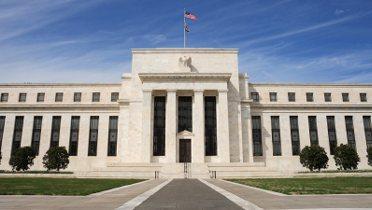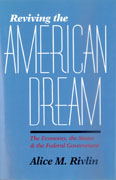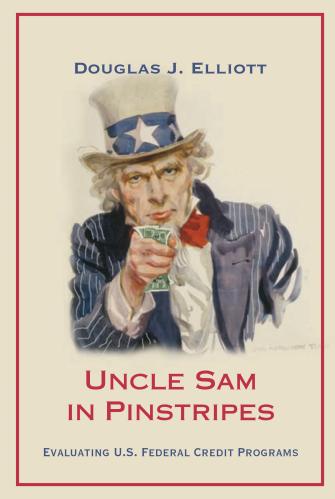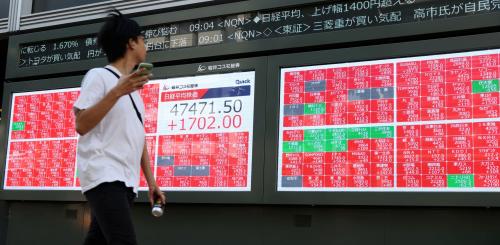Following the Brookings Panel on Economic Activity discussion of Gabriel Chodorow-Reich’s paper “Effects of Unconventional Monetary Policy on Financial Institutions,” the Hutchins Center on Fiscal and Monetary Policy invited Mr. Chodorow-Reich and several other prominent economists to discuss a pressing issue: Is today’s unconventional monetary policy – low interest rates and promises to keep them low and trillions of dollars in quantitative easing – sowing the seeds of future financial instability?
Here are five takeaways from the lively 75-minute conversation.
- Unconventional Monetary Policy—Chodorow-Reich concludes that, in general, banks, life insurers, money market funds and pension plans aren’t responding to today’s unconventional monetary policies by taking more risks, such as “reaching for yield.” Berkeley’s Annette Vissing-Jorgenson questioned whether institutions not studied by Chodorow-Reich paper, such as hedge funds, could be increasing their risk-taking behavior. MIT’s Deborah Lucas noted that the Fed’s unconventional policies were implemented during the Great Recession, and wondered if financial markets might respond in unpredictable and unconventional ways when the economy – and monetary policy – returns to normal. Princeton’s Alan Blinder argued that excess risk-taking is most worrisome if it is concentrated in highly-leveraged financial intermediaries; at the moment, it isn’t.
- Macro-prudential policies—John Williams, president of the Federal Reserve Bank of San Francisco, expressed the importance of creating micro- and macro-prudential policies that the Fed can use to preserve financial stability in the future. Columbia’s Frederick Mishkin, a former Fed governor, noted that the Fed would face strong political opposition if it chose to employ macroprudential tools – such as limits on certain types of lending – that affect firms’ bottom lines adversely.
- Stress tests—Brookings’ Don Kohn, a former Fed vice chair, said that measuring financial stability involves three things: a) identifying excesses in individual markets, b) seeing the links between that market and other markets, and c) seeing the links between that market and highly leveraged financial intermediaries. The stress tests of major financial institutions is one important way to monitor the resiliency of the financial system as a whole, though he noted that there are pockets of the financial system that aren’t subject to them.
- Bubbles—Mishkin explained that it can be difficult for central banks to predict and identify asset bubbles ; the ups and downs of asset prices are an inherent feature of capitalism. James Bullard, president of the Federal Reserve Bank of St. Louis, contrasted the tech bubble of the late-1990s, which led to mild recession and left behind substantial technological innovation, with the collapse of the housing bubble in 2007 that cascaded into a financial crisis and severe recession, in part because it involved so much leverage. Not all bubbles are created equal.
- The mortgage market—For MIT’s Deborah Lucas, the mortgage market is still a cause for concern and one that isn’t getting enough attention. The federal government basically has controlled the market, and she expressed concern about the risks it is taking – including by lowering Federal Housing Administration lending standards.
The event drew significant press attention because of the presence of two regional Fed bank presidents just a couple of days after a Fed policy meeting. For some of the coverage of Chodorow-Reich’s paper and the Hutchins event, see Wall Street Journal, Bloomberg View, Bloomberg News, and the Economist.
The Brookings Institution is committed to quality, independence, and impact.
We are supported by a diverse array of funders. In line with our values and policies, each Brookings publication represents the sole views of its author(s).









Commentary
Is Today’s Fed Policy Sowing Seeds of Future Financial Turmoil?
March 21, 2014